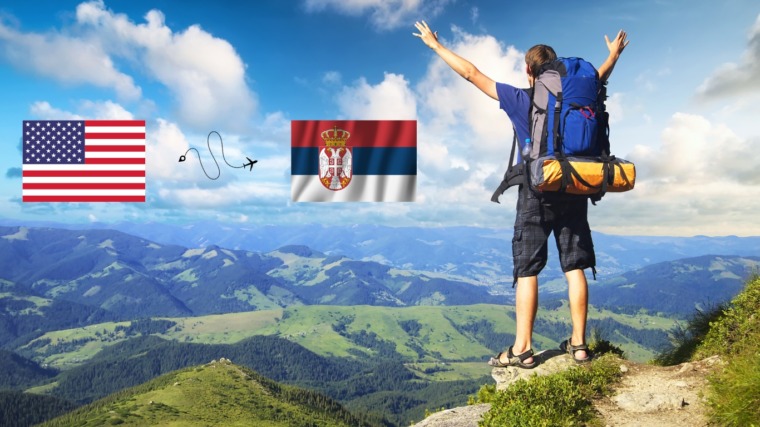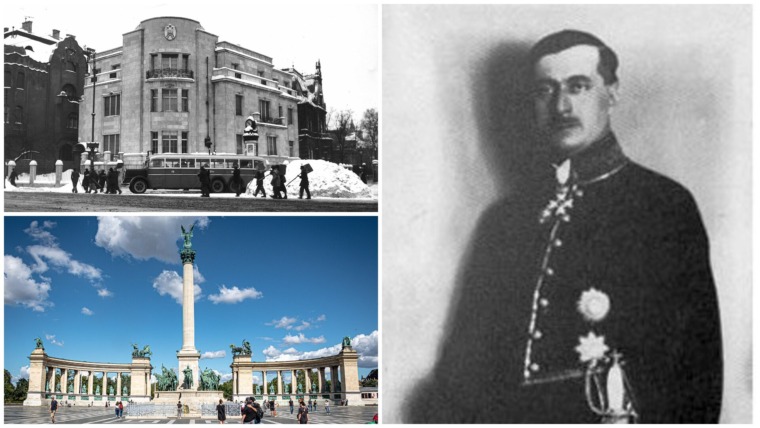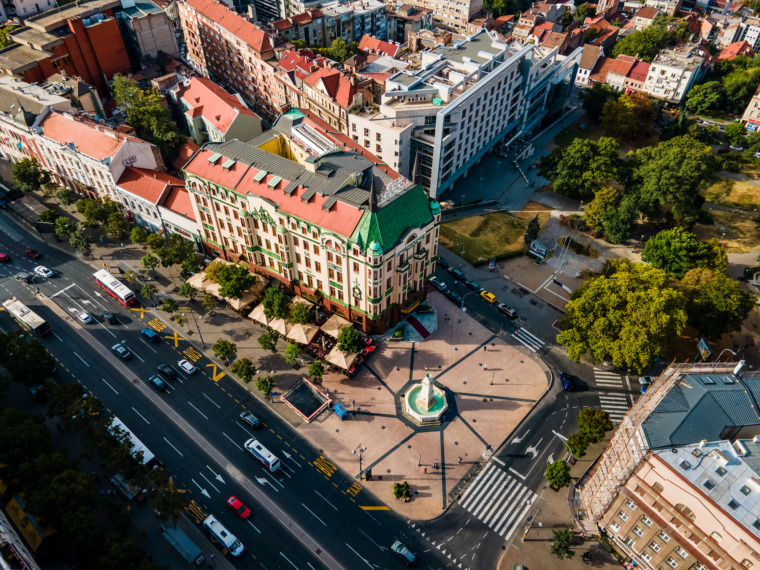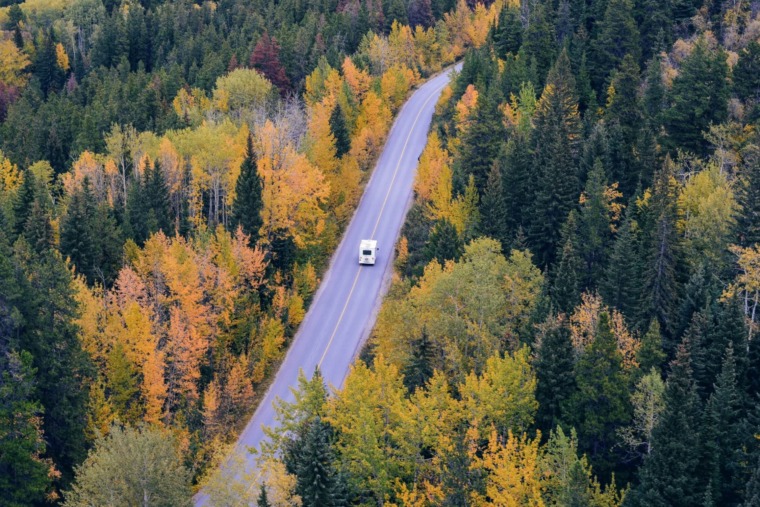
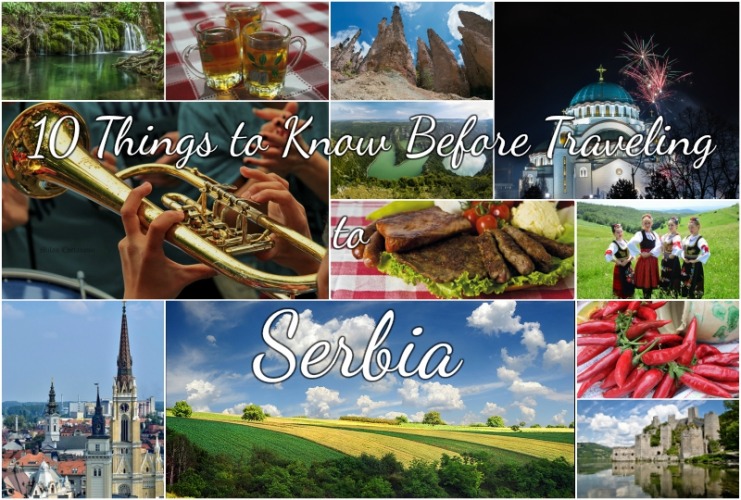
So, you’re about to visit Serbia? And you’ve never been before? Here are all the things you have to know about its people and their habits, what you should talk or not talk about, what you should do and see, eat and drink.
Whenever traveling to a foreign country, every tourist should know the basic do’s and don’ts. In Serbia, we have to admit, there are a lot of do’s and only a couple of don’ts.
After reading these tips you’ll surely be able to make the most of your time in Serbia. In fact, you’re bound to have A GREAT TIME!
Meet
The Serbian Spirit – whether you’ve just met them or really got to know them, we’re sure you would describe Serbs the same as we would.
Serbs are loud. They are a cheerful people who like to celebrate every occasion. And they don’t keep the joy for themselves but like to spread it and share it with others. This is one of the reasons why Serbs are so fun to be around.
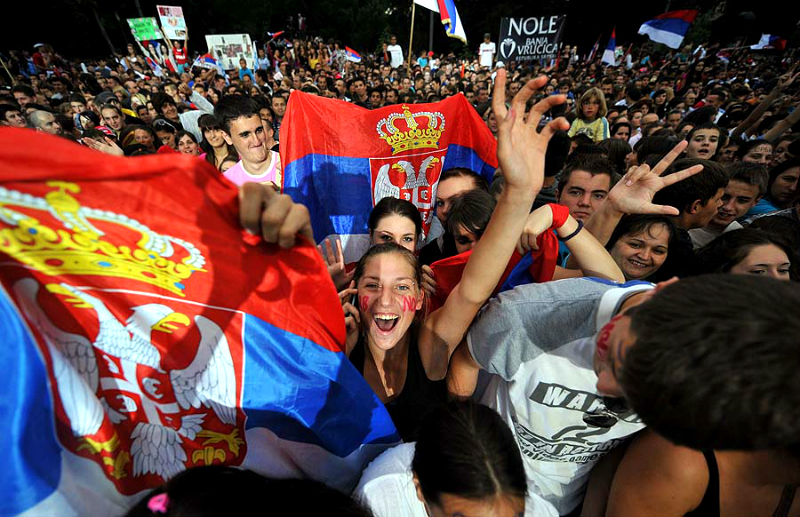
Serbs are proud. And they have every right to be! During their rich and often turbulent history, Serbs held their heads high and persevered. They also have a lot to be proud about: their traditions and customs, their impressive natural beauties and award-winning athletes.
Talk
Don’t mention the war or politics. This is another point which to tourist might seem a bit odd or trivial, but which is best steered clear if you want to avoid an outburst of emotions from your Serbian friend.
You should be aware that most of the people you will talk to in Serbia, and especially in Belgrade, will have lived through the trauma of recent wars. A stroll through Nemanjina Street and you will realize why this wound is still sore for Serbia.
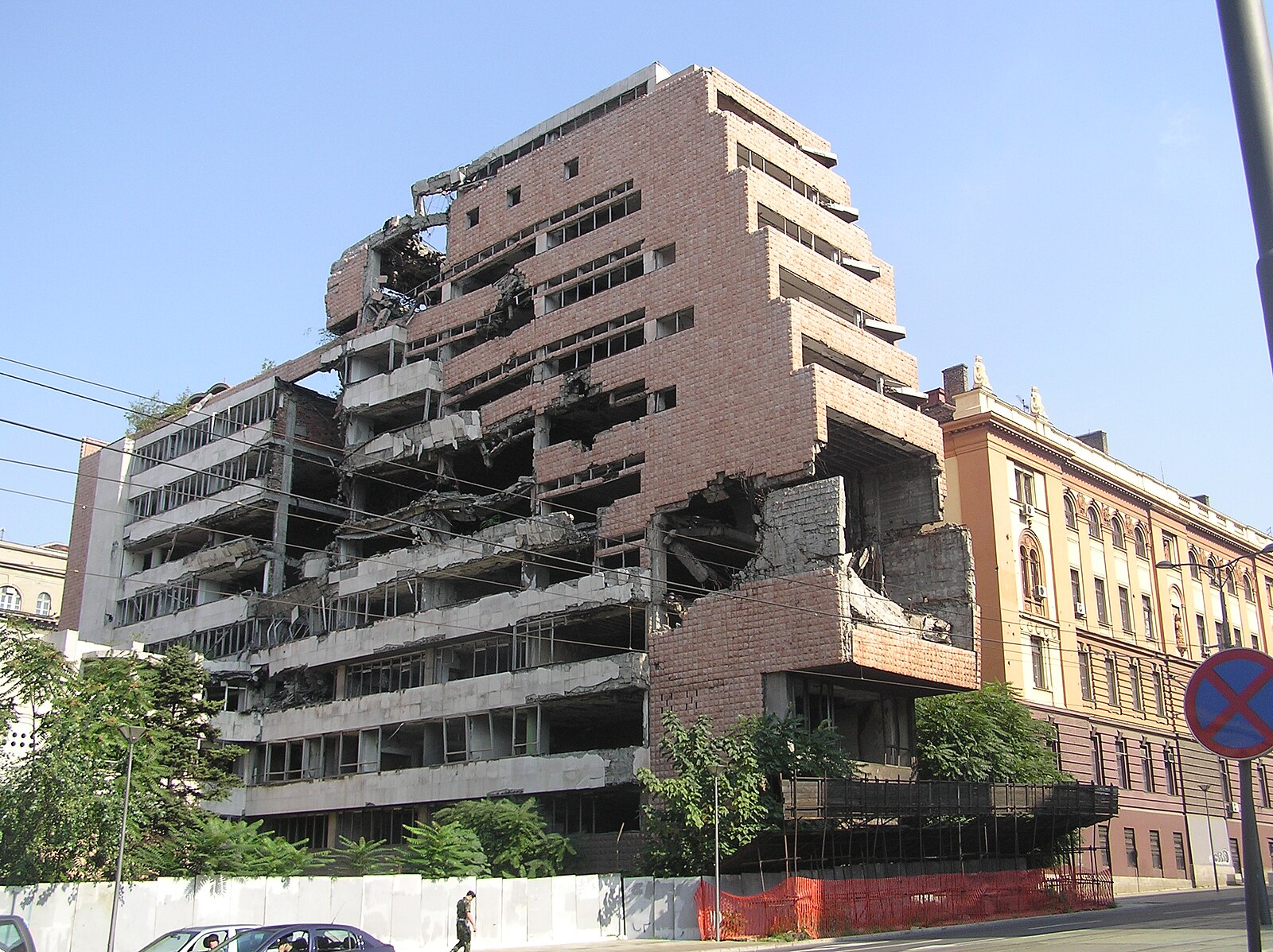
Another topic we’d advise you to avoid when in Serbia is politics. Serbs are very opinionated when it comes to politics, and because their political views often differ, this can easily spark an argument. Also, the Kosovo independence – probably not a good idea either.
Eat
Serbian cuisine is no vegetarians’ heaven! Much like Balkan cuisine, is basically all meat! Just kidding! You’ll always find some vegetables, usually potato in various forms, bread and condiments on your plate. But as Serbs love their food, meat is indeed the focal point of traditional Serbian food. So, what can you expect to dine in Serbia?
Firstly, various types and forms of meat, soups, hearty stews and Serbian specialties such as the sarma, Karađorđeva šnicla, punjene paprike, pasulj, etc.
Then there are the sauces which have a huge role in Serbian cuisine. Try kajmak (milk cream) and ajvar (roasted red pepper relish) – they WILL blow your mind!
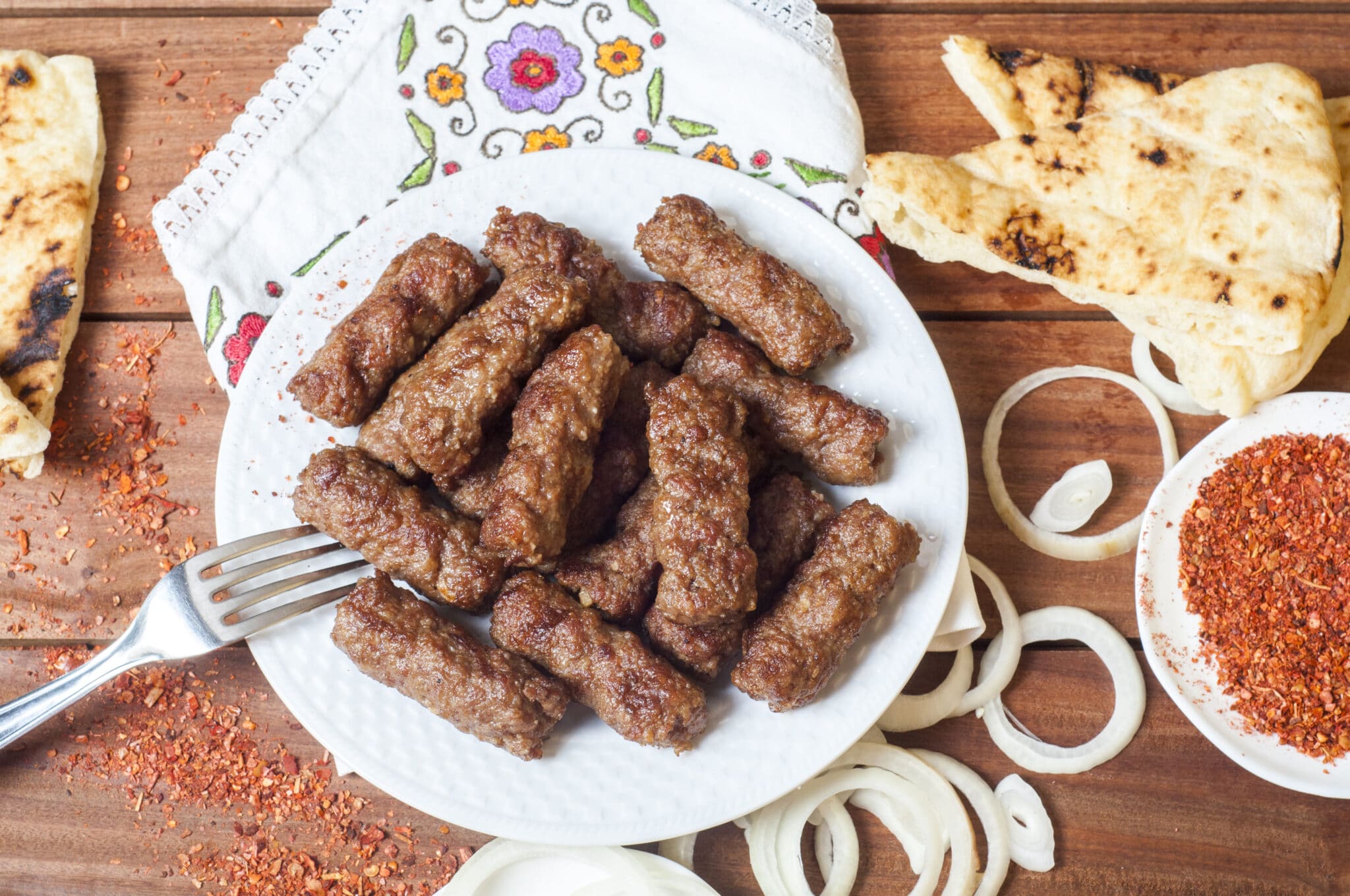
In Serbia, be sure to start your day burek – the typical Serbian breakfast. This layered pastry, either empty or filled with cheese, meat, spinach, mushroom, paired with yoghurt is the ultimate breakfast combo.
Of course, you shouldn’t leave Serbia without taking a bite out of a pljeskavica. Pljeskavica is the Serbian hamburger and the thing that makes it different is the Swedish buffet of condiments such as the beloved Serbian onion, pickled cabbage, corn salad, prolećna (spring) or pileća (chicken) salata, ketchup, mayonnaise, mustard… The list goes on and on, believe it or not.
Prepare yourself for a foodie heaven before coming to Serbia!
Drink
Coffee is a BIG deal here. Whether it’s domaća or turska kafa, espreso or “Nescafe”, Serbs are hooked on coffee! Coffee is for Serbia what tea is for England. So, don’t be surprised if someone invites you to their house to have a coffee. “Svrati na kafu” is a common Serbian invitation for a friendly chit-chat.
The myriad of coffee shops and independent cafes in every city, big or small, are proof of Serbia’s love for coffee. The capital of Serbia crowns them all with every cafe brimming with people at any time of the day.
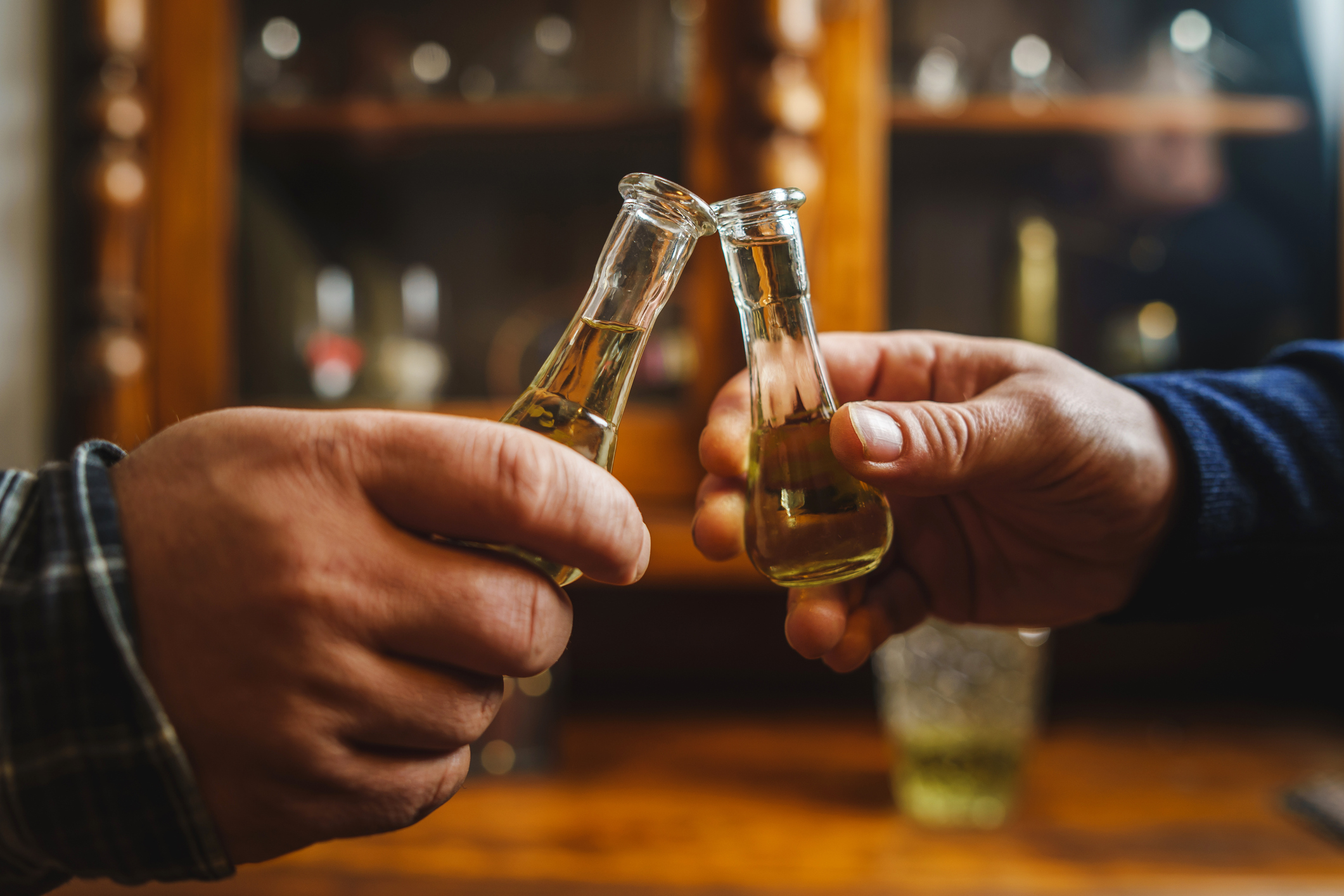
Apart from coffee which is the favourite daytime beverage in Serbia, there is the famous rakija. Rakija, Serbia’s moonshine, is a fruit brandy made usually from quince, pear, apricot, or peaches. In fact, Serbia’s national drink is Šljivovica or Slivovitz which is made from plums.
Here are some rakija facts that you need to bear in mind if you’re visiting Serbia:
- The beginner’s choice should be medovača which is “softened” with honey.
- Rakija is usually drank from tiny glass bottles called čokanjčići.
- Instead of “Cheers!” In Serbia you say “Živeli!”
- Don’t let your mouth drop if you see someone drinking this alcoholic drink for breakfast – Serbs consider this “morning cap” to be good for one’s health.
- It’s pretty strong, which is why it’s always accompanied with a glass of water, and because of its “kick” it an acquired taste.
Do
Speaking of rakija, we have to mention that Serbs like to have a good time. They know how to party! Belgrade and Novi Sad are especially known for their buzzing nightlife, with Belgrade even being named the city with the best nightlife by Lonely Planet. The only thing you have to choose is whether you want to have the time of your life in a bar, café, pub, club, splav (river party barges) or in the famous kafana.
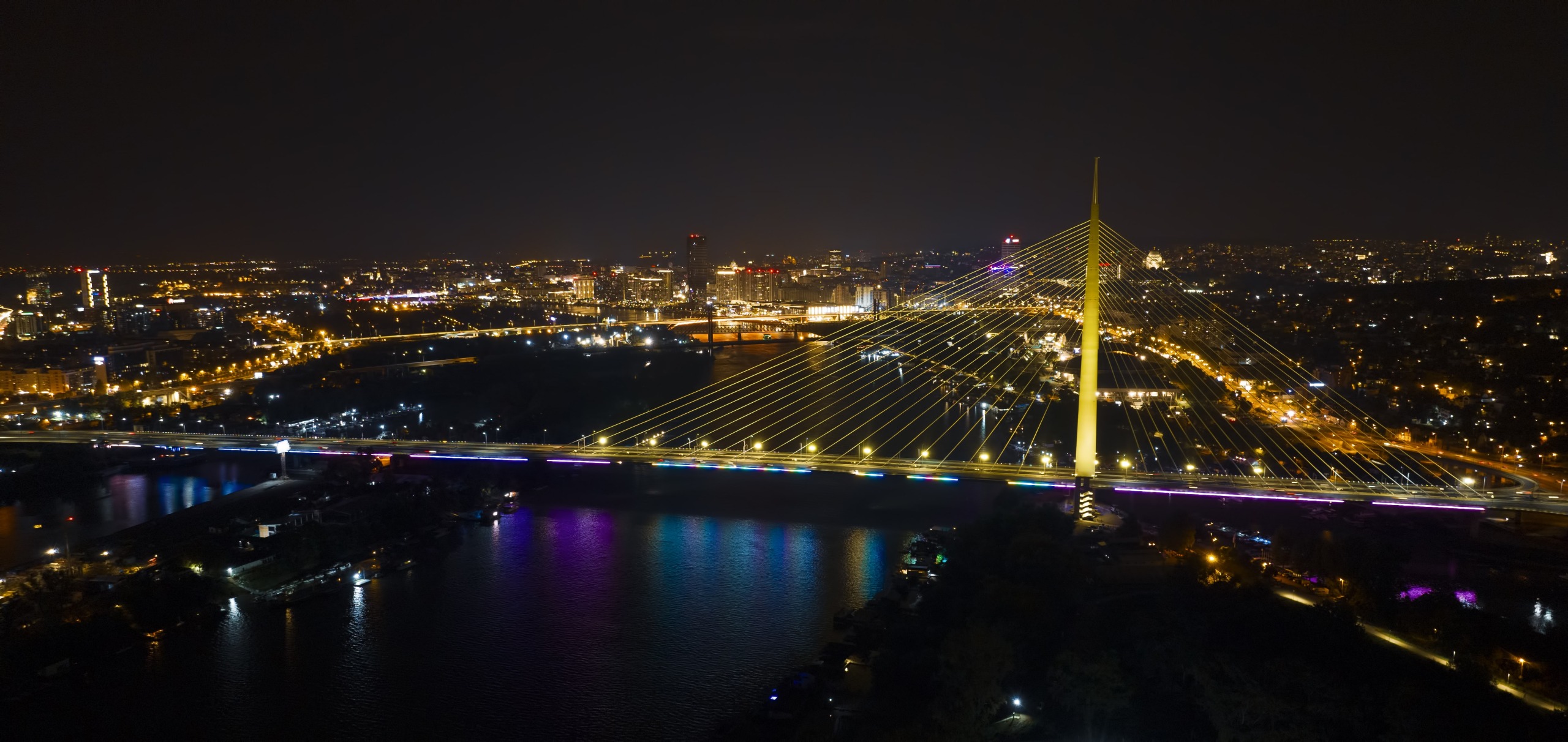
However, having fun in Serbia doesn’t happen only during nighttime. There is so much to see in Serbia – sightsee! Serbia’s beauty comes from its amazing and unique natural beauties, stunning medieval castles and monasteries, charming traditional ethno villages, spas and resorts, archaeological sites and bustling cities.
Stay safe
For all those who are coming to Serbia – worry not! Serbia is generally a safe place to visit. The only thing you may need to worry about are pickpockets and that’s only in very crowded tourist places or on public transportation. Everything else crime-related is highly unusual.
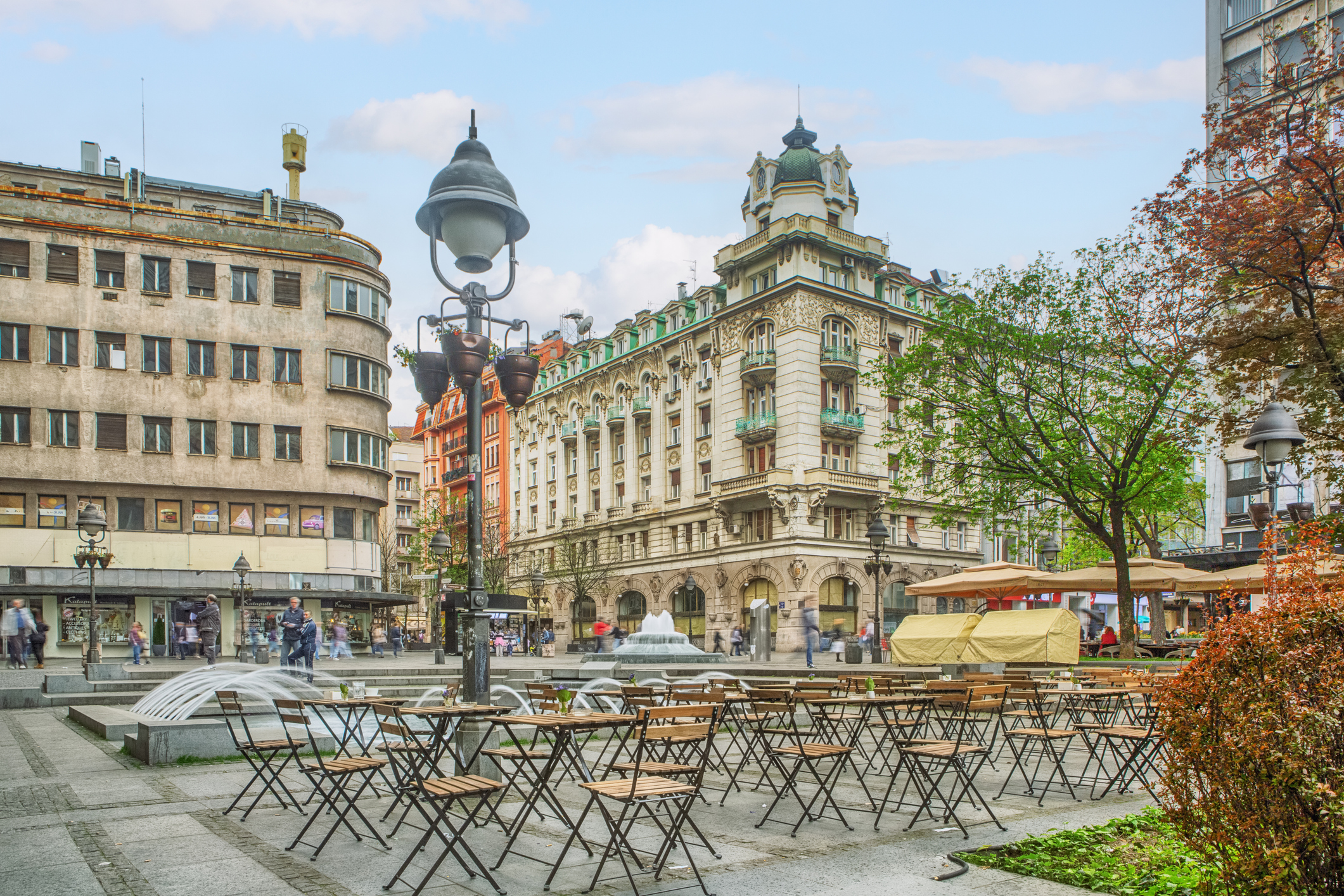
The best thing is that in Serbia, the locals are very helpful and incredibly polite. Should you need any assistance all you need to do is ask. Literally anybody.
MORE USEFUL INFO ABOUT SERBIA:
Apart from the aforementioned things regarding Serbia’s culture, tradition, food and people, there are a few things that might surprise a foreign tourist. So here are some of the most common ones:
Cyrillic (ćirilica) is the typical Serbian script, so you might be confused as many of the signs in Serbia are written in it. However, people in Serbia, especially younger people, tend to speak excellent English, so you’ll have no problem finding your way around.
The prices of food and accommodation are reasonable. For example, in Belgrade, a coffee might cost you €1-1,50, a restaurant meal may range from €5-10, and a hostel dorm bed near the city center may cost anywhere from €12-18.
The electrical connection. Unprepared American tourist are oftentimes left with empty phones because they don’t know that Serbian outlets differ from theirs. While Serbian outlets are round and made for two circular plugs to enter. Just find a simple electrical converter. Problem solved!
Getting around in Serbia is reasonably straightforward. Driving takes place on the right, roads are sometimes in good condition sometimes full of pot-holes. Also, if you’re driving beware of the occasional speed-crazed local. The bus is the most popular and practical means of getting around the country, but the city transport with its always crowded buses is perhaps not the best choices. Trams and trolleybuses are a better options. Trains are cheaper but slower. Taxis could easily be found.
Related Articles

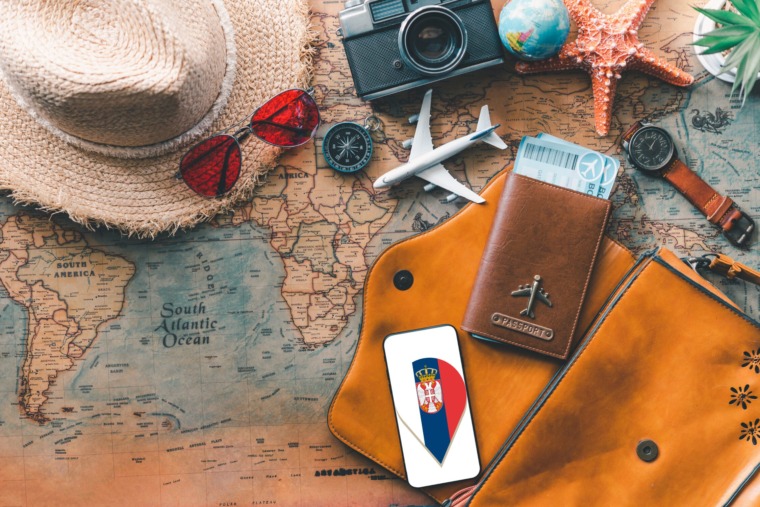
10 Serbia Travel Hacks You’ll Wish You Knew Earlier
November 7, 2025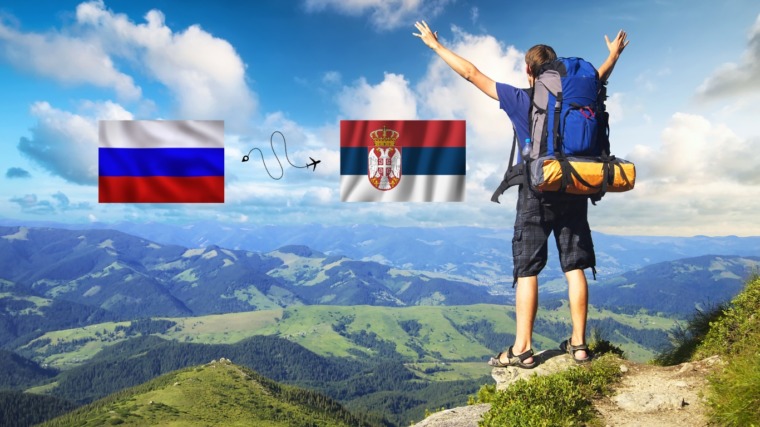
A Russian in Serbia – Where Tradition Meets Familiar Warmth
October 22, 2025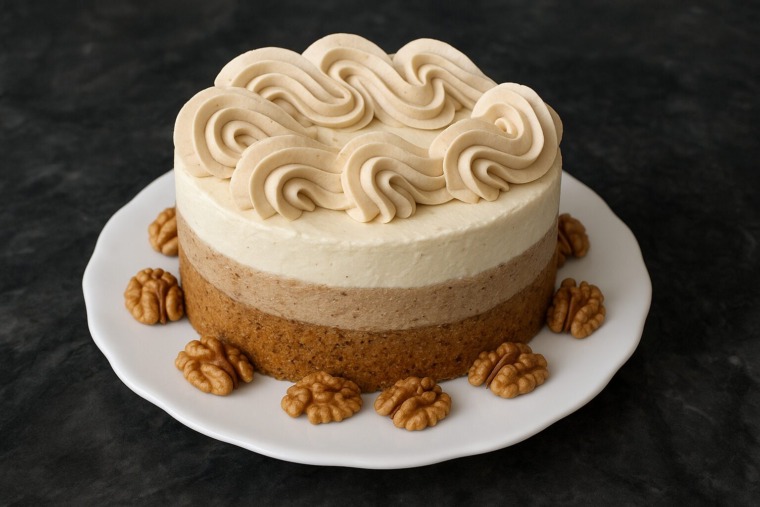
Vasa’s Cake – A Sweet Story Over a Century Old
October 18, 2025